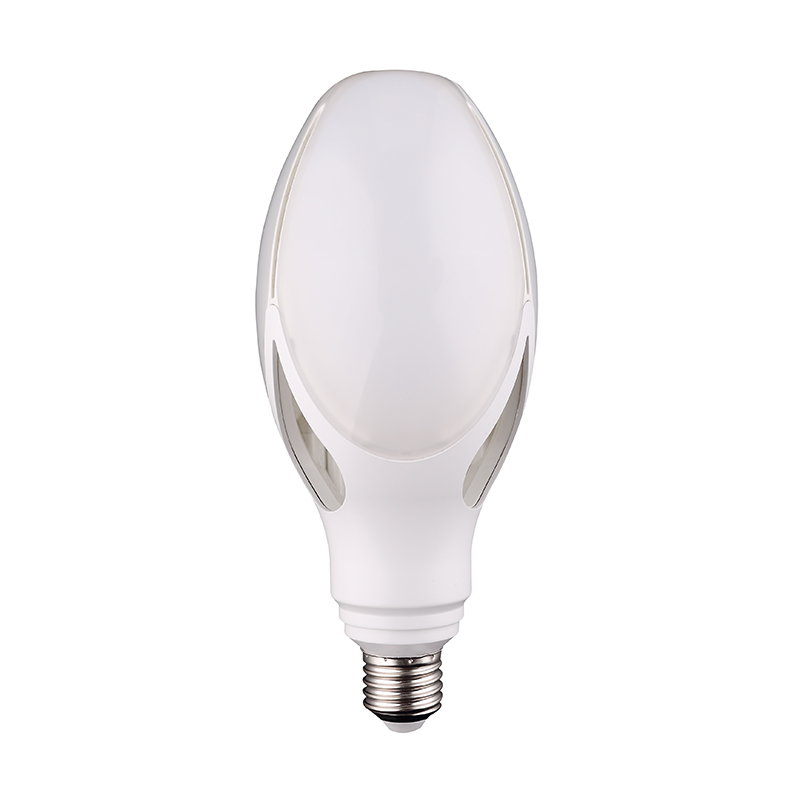 English
English-
 English
English -
 Español
Español -
 Português
Português -
 русский
русский -
 Français
Français -
 日本語
日本語 -
 Deutsch
Deutsch -
 tiếng Việt
tiếng Việt -
 Italiano
Italiano -
 Nederlands
Nederlands -
 ภาษาไทย
ภาษาไทย -
 Polski
Polski -
 한국어
한국어 -
 Svenska
Svenska -
 magyar
magyar -
 Malay
Malay -
 বাংলা ভাষার
বাংলা ভাষার -
 Dansk
Dansk -
 Suomi
Suomi -
 हिन्दी
हिन्दी -
 Pilipino
Pilipino -
 Türkçe
Türkçe -
 Gaeilge
Gaeilge -
 العربية
العربية -
 Indonesia
Indonesia -
 Norsk
Norsk -
 تمل
تمل -
 český
český -
 ελληνικά
ελληνικά -
 український
український -
 Javanese
Javanese -
 فارسی
فارسی -
 தமிழ்
தமிழ் -
 తెలుగు
తెలుగు -
 नेपाली
नेपाली -
 Burmese
Burmese -
 български
български -
 ລາວ
ລາວ -
 Latine
Latine -
 Қазақша
Қазақша -
 Euskal
Euskal -
 Azərbaycan
Azərbaycan -
 Slovenský jazyk
Slovenský jazyk -
 Македонски
Македонски -
 Lietuvos
Lietuvos -
 Eesti Keel
Eesti Keel -
 Română
Română -
 Slovenski
Slovenski -
 मराठी
मराठी -
 Srpski језик
Srpski језик
Some common sense lighting bulbs
2023-11-18
Lighting bulb energy saving comparison:
In general, under the same wattage, energy-saving lamps save 80% energy and consume 57% less electricity than ordinary bulbs. A 5-watt energy-saving lamp is about equivalent to the brightness of a 25-watt ordinary bulb, a 7-watt energy-saving lamp is about equivalent to the brightness of a 40-watt ordinary bulb, and a 9-watt energy-saving lamp is about equivalent to the brightness of a 60-watt ordinary bulb. Therefore, energy-saving lamps are more energy efficient than ordinary white woven lamps.

Lighting bulb principle comparison:
The working principle of energy-saving lamps is gas discharge, that is, self-barreted fluorescent lamps. The thermal radiation of energy-saving lamps is only 20%, while ordinary bulbs are the heat generated when the current passes through the filament. The filament continuously collects heat, making the temperature of the filament reach more than 2,000 degrees Celsius. The higher the temperature of the filament, the brighter the light emitted. When ordinary bulbs emit light, a large amount of electrical energy is converted into heat, and very little is converted into useful light energy. Because the electro-optical conversion efficiency is low, infrared radiation is generated.
Lighting bulb health comparison:
Energy-saving lighting bulbs can effectively remove formaldehyde and dirt, while releasing reactive oxygen species, adsorption and kill E. coli and other viruses and bacteria, but also change indoor air quality, advanced manufacturing technology, high efficiency, service life is 6 times that of ordinary incandescent lamps.
Lighting bulb life comparison:
The service life of ordinary fluorescent lamps mainly depends on the tungsten wire. The faster the sublimation of tungsten, the shorter the service life of ordinary fluorescent lamps. Energy-saving lamps work by gas and a light-emitting material coated on the tube wall, which is more efficient and durable than tungsten wire.




